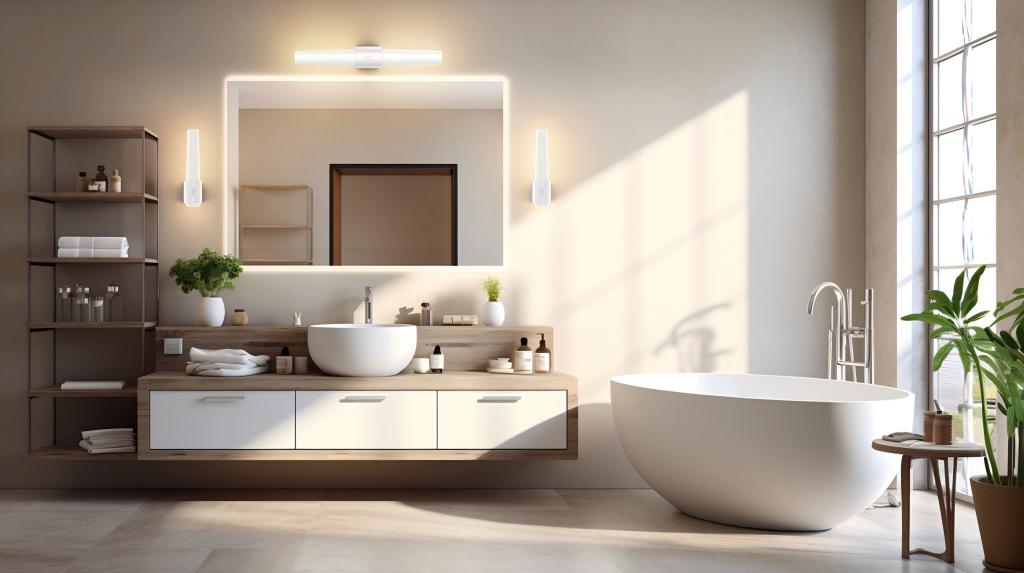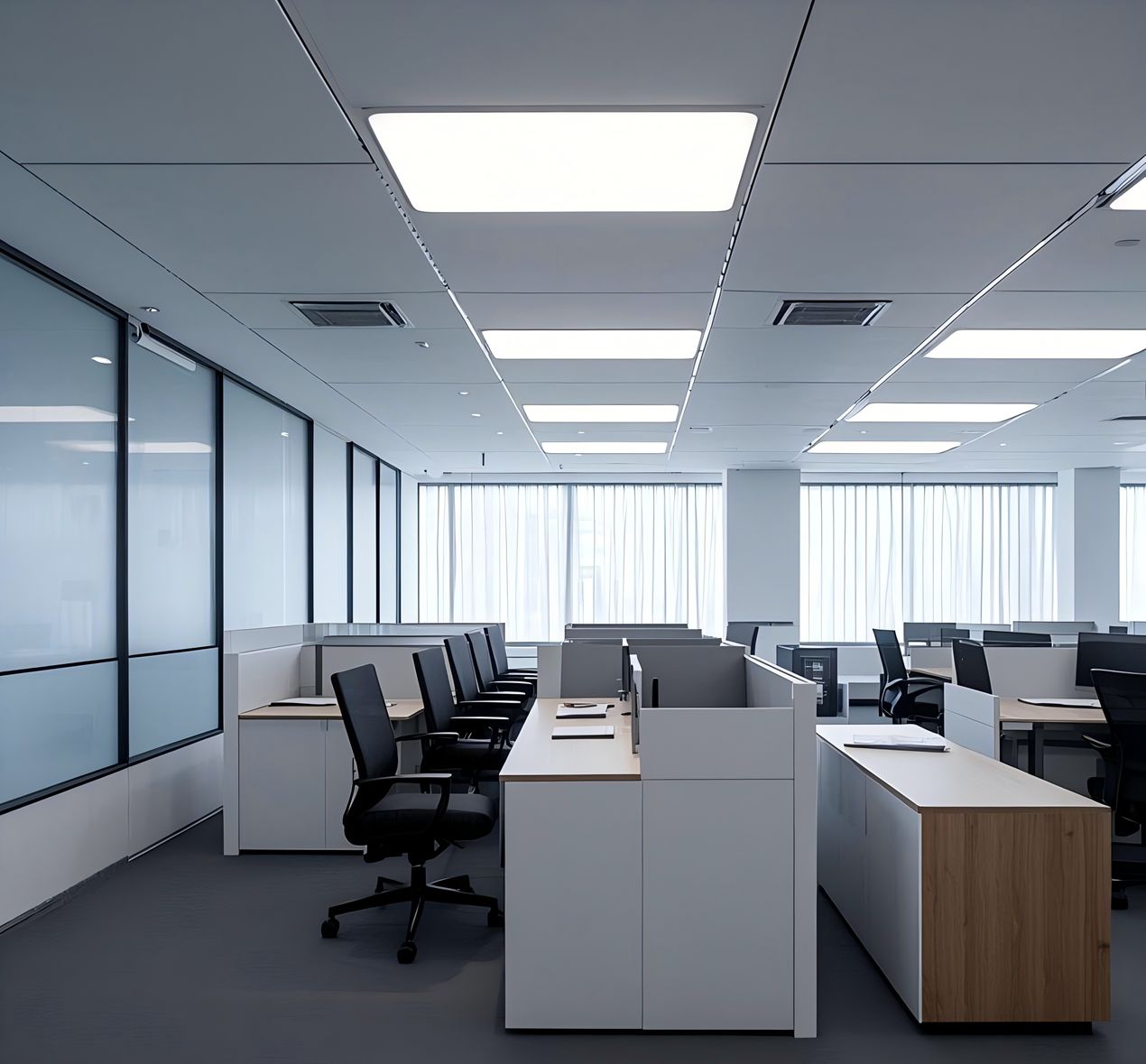In the old days of the world, day and night are regular. Humans work during the white day and sleep at night, owl has rest during the white day and haunting at dark night, and some kinds of birds also migrate at night directed by the moonlight and starlight, as well as some flower plant bloom at night, such as the moonflower. However, with the acceleration of urbanization, the faster develop artificial light emits more polluting lights to disrupt ecosystems. The source of light pollution includes building exterior and interior lighting, advertising billboard, factories, offices, commercial properties, illuminated sporting venues, and streetlights.

What is lighting pollution?
Lighting pollution is something have an adverse effect on the earth, influencing the normal living environment of microorganisms, there are includes excessive light, misdirected light, and obtrusive and artificial light. Those kinds of pollution lights will lead to many bad results, like interfering with astronomical research, disrupting ecosystems, washing our starlight in the sky, doing harm to health, and wasting energy.
Case of lighting pollution
1. Does harm to human health.
Excessive artificial light at night has become a global problem that affects people all over the world. According to some studies, there is 83% of the world’s population lives in areas polluted by artificial light, and the excessive light exposure long time can cause people discomfort, hard to concentrate, irritability, chromic insomnia, or even the cancer. Moreover, some glaring light not only affect people’s bodies or eyes health but is also bad for their normal driving.
2. DisrupTing animal ecosystem.
The biological law of nocturnal animals is sleep during the day and activity at night. But the artificial light turning such a long time at night alters their nighttime environment by turning night into day. Such as the owl, artificial light limits their daily activities, and bright lighting misdirects the way of bird migration. In addition, millions of hatchlings die from artificial lights that draw them away from the ocean in Florida each year. We not only miss the many animals' vivid life but also miss s many beautiful scenes of fireflies glowing at night.
3. Affecting the plants to grow normally
Plants are very responsive to light. Most plant photosynthesis in the presence of light, and have a rest in the dark night. Some of the plants according to the length of the night control blooming. But as artificial light appear, especially the lamps lighting up all night, affecting the plant's normal rest, and leading to premature formation of flower buds, at the end, most plants die or malformation of growth.
No matter the human, animals, plants, or microorganisms are polluted by artificial accessive light is a vital problem that we should seriously to deal with. If not handle it well, what will make the ecosystem worse on the earth. Then how to deal with such king of pollution? Our passage just analyse several measures to handle it.
How to deal with the lighting pollution
To reduce light pollution to a minimum level, we should go around the theme of sustainability lighting and human-centric lighting. Sustainability lighting includes low energy consumption, low heat, no harmful materials heat loss, waste reduction, and recyclability. LED is the best
First, we should pay attention to the lighting design for different kinds of buildings, reducing excessive light, misdirect lighting, and glare lighting. Optimize the amount of lighting and electricity consumption in the building. This is also good for our tired eyes ease, and helps your body secrete melatonin.
Second, we should reduce the night view lighting for the plants to grow well as we move forward of urbanization. In the design of road lighting, try to use a light interception tool. Especially since many suburban and rural roads pass through crops, night lights that are lit all night may interfere with the flowering and fruit of nearby crops and the beneficial insects that protect them. Limit and reduce the highlight for the plant as possible.
Third, use a light modulator or smart lighting system to control the light. Through them, we can turn off part of the lights or all of the lights when not using them frequently to avoid lighting plants for a long time at night. To enhance the nightscape lighting energy saving measures, choosing a high effective lighting source or the advancing dimming system is one kind of a good way to reduce lighting pollution.
All in all, protecting the earth for sustainable development is everyone’s responsibility. Go around the sustainability, green, and human-centric developing concept, applying the recycling material to produce energy lighting fixtures, provide sustainable lighting design innovation in health care and help to grow more food, and clean more water in the basic needs. As well as discover how innovations in solar technology are changing lives.










